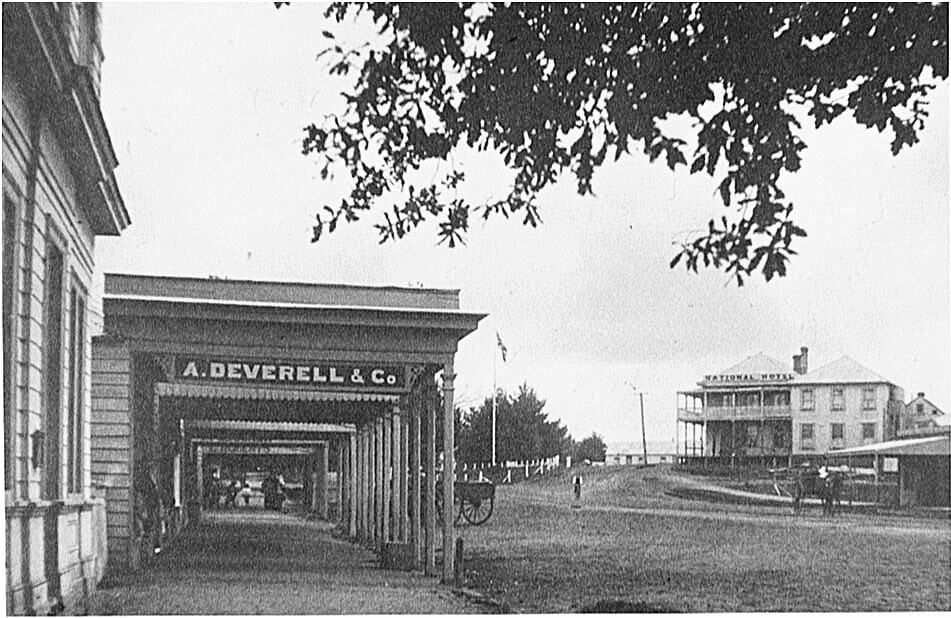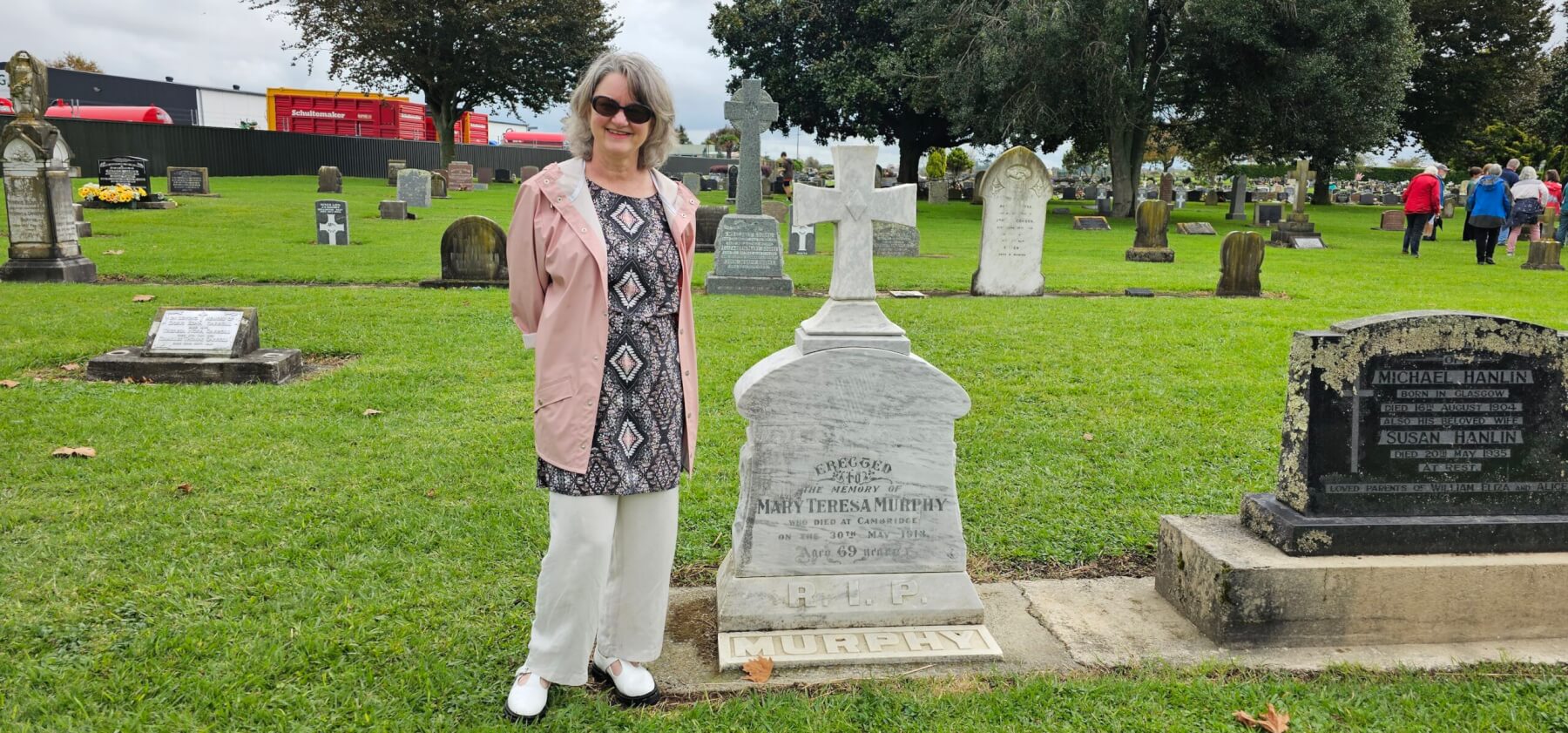Mary Teresa Murphy was an Irish woman who took the lead in her own business affairs, dealt directly with men and did not categorise herself as anyone’s victim, as Karen Payne from the Cambridge Museum reports.
Mary Teresa Murphy chose not to conform to the social norms of Victorian society and so there is little written about her in the history books.
But court reports and newspaper clippings from the time bring her to life. Mary was violent when drunk, short tempered, unpredictable, and had no respect for authority.
When she settled in Cambridge in 1875, the town was in the midst of an economic boom. She owned properties and businesses in central Cambridge but her real claim to fame was her appearances before the courts – as either defendant or plaintiff. She loved an audience and treated the court as her stage. She was naturally funny and when she spoke in court, the gallery was always warned against excessive laughter by the court officials.
She was born Mary Cronin in Limerick, Ireland in 1844. Her father was a cattle dealer. At the age of 20, Mary married a local policeman named Terrence O’Connor, and they had a daughter Minnie (Mary Catherine).
Ten years later, Mary married Patrick Desmond Murphy, a local carpenter and on July 11, 1875, the three of them boarded the British Empire and arrived in Auckland on October 7, 1875.
When the family came to Cambridge it was then a place people from all over New Zealand came to attend Native Land Court hearings.
There was a sharp increase in flourishing businesses, especially in the hospitality industry.
Mary, “a lady of proverbial enterprise”, purchased a house and premises between Alpha, Brewery (now Empire), and Victoria Streets.
The family occupied a house there, Patrick set up a carpenter’s workshop next door, and she opened the Wharekai, a restaurant to cater for Māori who were accommodated in barracks hastily erected on the property where the Cambridge Town Hall now stands.
The first glimpse of Mary’s character came in a September 1, 1881, Waikato Times article when she was charged with assaulting Mary Ann Teague by punching her and then striking her with a billhook, after accusing Mrs Teague of poisoning her fowls.
Sergeant McGovern who conducted the prosecution said that Mary, when drunk, was a perfect pest to the neighbourhood. She defended herself by making a long statement on her good character which she said was well known to the police. Sergeant McGovern said the accused had better not go to him for a character reference.
Although the assault was shocking, no-one can deny the humour of the exchange in the courtroom between Mary and Sergeant McGovern. This was an introduction to a long-running series of court appearances, in which she was undoubtedly the star, with occasional support from husband Patrick.

Looking up Victoria Street showing the original National Hotel. One of Mary Murphy’s properties can be seen bottom right. Photo: Cambridge Museum.
As time went by, more and more townsfolk attended her court hearings knowing they were guaranteed a good show, sometimes followed by a minor scuffle with either her accuser or a hapless court official.
The Wharekai was popular, but short-lived. It had a tarred roof and a large oven inside. In 1882, it burned down in mysterious circumstances. Some thought it was arson; others believed that a fire was left burning in the back of neighbouring butcher Thomas Hoy’s premises; Hoy implied that the occupants of the Wharekai were “in no condition” to manage the heat from their large indoor oven.
In 1883, Patrick’s workshop also burned to the ground. Cambridge had no reliable water supply and therefore no Fire Brigade. Wooden buildings were vulnerable to fire and expensive to insure. The focus was to prevent the fire from spreading rather than trying to preserve buildings that were already alight. As money was plentiful in Cambridge at that time, neither of these setbacks seemed to affect the Murphys.
In the late 1880s, Cambridge suffered an economic downturn. Mary lived off the rent from her properties and also ran a store, selling various goods such as fish, tobacco products, ginger ale, cakes, etc. She never missed an opportunity to make money, whether it was hiring out household furniture and fittings to her tenants or touting her wares in the street on council meeting days. Every Sunday, she took her dinner at Hewitts at the National Hotel. Men enjoyed her company and would often buy her drinks. Occasionally she lived alone when Patrick was sent off to Mt Eden jail to serve time for various drinking offences.
Her court appearances continued regularly for over 30 years. She died on May 30, 1913, of pneumonia at the age of 69 and is buried in the Hautapu cemetery.
- Read: Tales from the Passed
- Read Mary Teresa Murphy court room highlights
- Read: Cambridge Museum Newsletter June 2021
- Read: Cambridge Museum Newsletter August 2021
- Footnote: Mary Murphy’s headstone had been recently cleaned. After this story appeared in print, Merv Cronin (Cronin was Mary Murphy’s maiden name) popped in saying he’d read the article about her in the paper. He was the person who had cleaned the headstone because he thought there may have been a tenuous family link back in Ireland. So he got some Wet’n’Forget and cleaned up her headstone. He was very surprised to see it come up so white. Probably the first time it’s been cleaned for 110 years.












